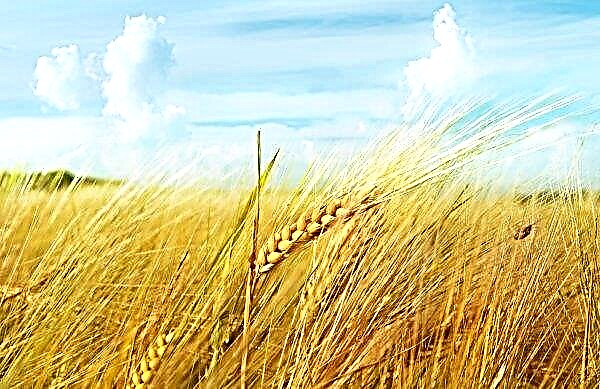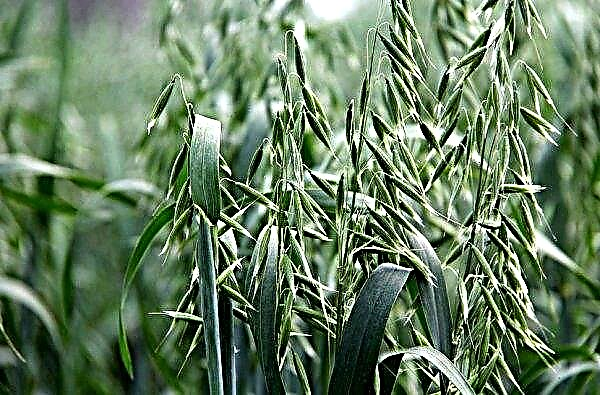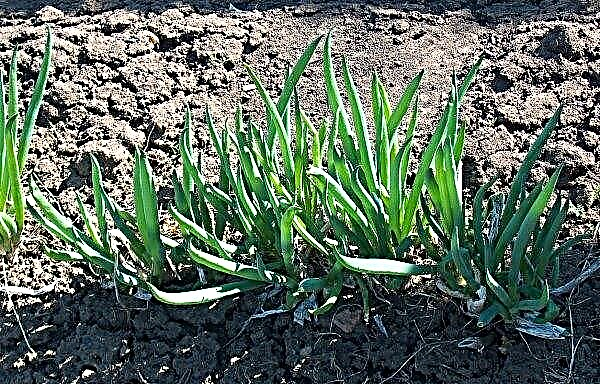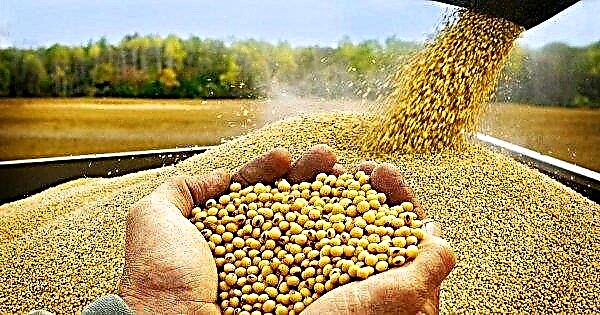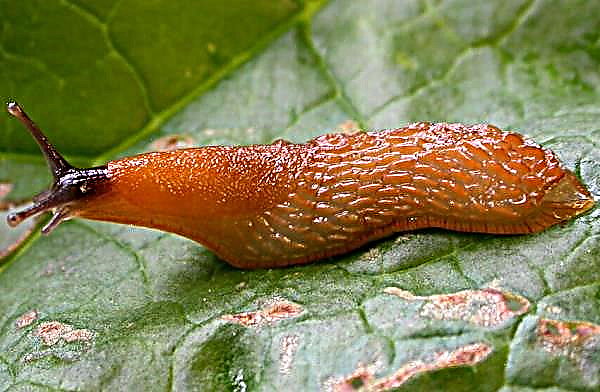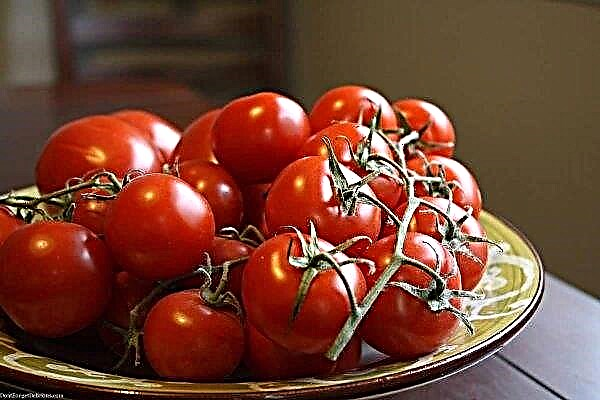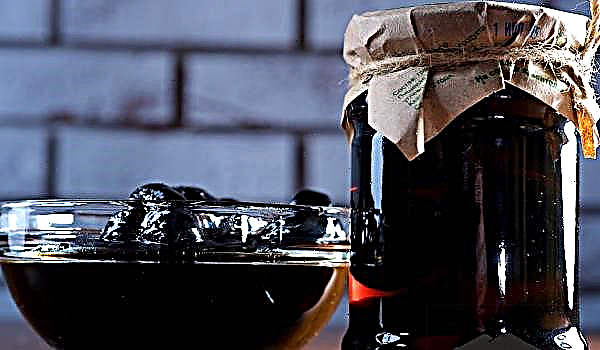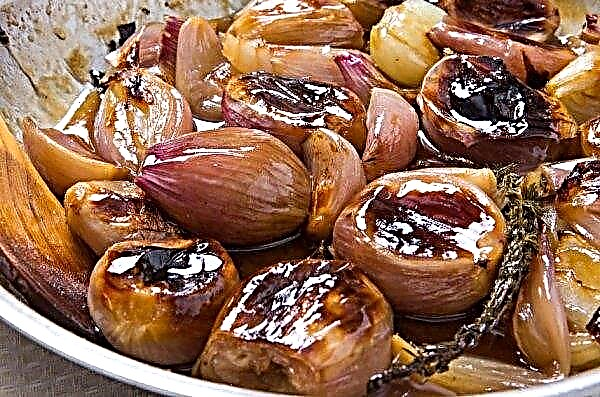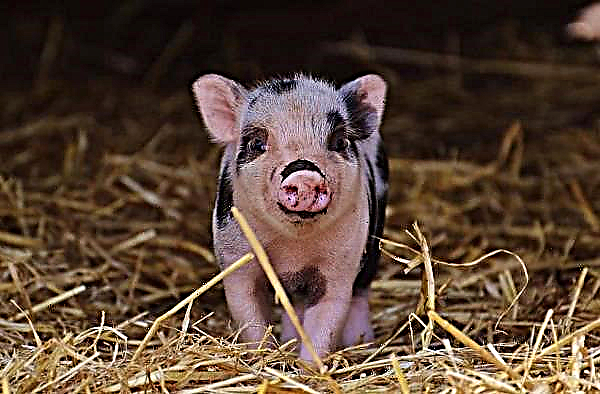Primrose is a low flower with amazing decorative properties. One of its main features is the need for regular transplants. With the proper implementation of this procedure and further care, the plant will be able to please the gardener for many years.
When you need to transplant and divide primrose
As with all flowers, primrose is transplanted at certain times of the year. The timing is completely dependent on the type and variety of plants. The main factor in determining the transplant period is the number of phases of active flower growth in a year. Whether the primrose will take root in the new soil largely depends on the correctly selected season.

After flowering
Transplantation after flowering is relevant for flowers that have two phases of active growth. This means that they can bloom twice a year. For all primrose with a similar feature, such flowering periods as spring and autumn are characteristic. It is at the end of these phases that it is recommended to transplant the flower.
Seasonal change
If the primrose blooms annually once in late April or early May, most often it is transplanted in the fall. This is due to the fact that after flowering, in summer, the plant gained strength and nutrients. Due to the reserves of minerals and moisture, the primrose is most likely to bear the stress resulting from the transplant. In addition, if the flower is transplanted in September, the plant will not only have time to adapt to the new soil, but will also get stronger before the onset of cold weather.
Video: Primrose in the fall, what to look for
It is not recommended to carry out a transplant in the summer, because it is at this time of the year that the flower grows most actively. Transplanting will be a great stress, because of which the flower may not adapt in a new place.
Important! In the middle zone of the country, it is recommended to transplant at the end of March, before flowering begins. This is due to the fact that when transplanted in the fall in cold climates, the plant faces death due to the early first frosts.
Preparation of soil and pot for primrose
Before replanting a flower, you need to pick up a pot. Often a transplant is required due to an increase in the root system, because the capacity must be large enough. The diameter and depth of the pot should be several centimeters larger than the dimensions of the roots.
Primrose is well established in sandy soil. Suitable soil can be prepared by mixing an equal amount of peat, sand and sod land. If the gardener plans to grow a flower at home, in specialized stores you can buy a substrate, which includes the components described above. However, in this case, it is recommended to add sandstone in such proportions that its amount is 20% of the total soil volume.

Landing technology
Many gardeners prefer replanting primrose with rhizome division. However, this is an unreliable technology: if you divide the roots, a plant can only form one outlet. This will lead to the fact that the root system is not powerful enough to adapt to new conditions. Precisely because it is better to transplant a flower with rooting shoots.
First you need to prepare the soil in advance. Next, you need to cut the petiole at the base of the neck of the flower root. It is important to cut so that there is a kidney or shoot on the cut part of the sheet. After that, cut off half of the sheet plate. The result is a stalk that needs to be planted in the soil. The soil where the plant is transplanted must be moist.
You can leave the pot on the street only when the weather is cloudy. In open ground, the stalk is not planted immediately. First, he must take root in the pot: when several sheets are formed, then you can transplant into the garden. If there is more than one primrose, it is advisable to plant them in open ground in beds. This method of planting flowers will further simplify watering.

Further care after transplantation
After transplanting, the plant is very whimsical. This also applies to temperature conditions and the amount of moisture. To activate growth, the flower requires top dressing. In addition, the plant, without proper care, is easily exposed to diseases that can easily lead to its death.
Watering
In different species and varieties of these flowers, the frequency of watering varies. However, the soil in which all these flowers grow needs to be maintained in moisture. The gardener needs to water the plant at those moments when the top layer of the earth has become completely dry.
Important! During the irrigation, it is highly recommended not to touch the primrose itself with water.
Excessive frequency of water entering the soil, when it has not yet been absorbed, will lead to too much moisture. This will harm the flower and can cause rot. At room conditions, the frequency of watering is on average 1 time per week.

Top dressing
Immediately after transplantation, the plant does not need to be fed. Due to the fact that the primrose blooms immediately after the snow melts, it needs to be fed at the very beginning of spring. The best period is the beginning of March.
The complex of nutrients should include:
- potassium;
- phosphorus;
- nitrogen.
On 1 m² of soil, an average of 15 grams of each fertilizer should be applied. During the procedure, the soil under the flower is loosened so that, in addition to nutrients, the root system is saturated with air. After the onset of flowering, after 2 weeks use biologically active fertilizers of organic origin. They are sold in specialized stores for gardeners.
From this additive, you need to prepare a solution with water in the proportions of 1:10. Watering primrose with 0.5 liters of such a liquid will be sufficient for up to next year. A good option for summer residents is the use of chicken droppings. From it, you can also make a solution in a ratio of 1:15 with water. Such fertilizer is applied regularly in warm seasons: once a month.

Temperature and humidity
All varieties of this plant are not suitable for high temperatures. The flower roots and adapts best after transplantation in the range of +13 ... + 15 ° С. Lower temperatures can harm the plant and cause death. However, if the environment is warmed up more strongly, then the rate of rooting is reduced. It should be borne in mind that the primitive inverse conic requires a higher air temperature - +16 ... + 18 ° C.
Humidity for this plant is not only useful, but vital. In arid conditions, primrose is poorly developed and can dry out. After transplanting, air humidity is critical for the flower, therefore on hot days, when the air temperature rises above + 25 ° С, it is necessary to sprinkle. For longer maintenance of moisture, you can leave a vessel with water next to the primrose so that it gives off moisture.

Soil care
In addition to watering and maintaining humidity, it is important to take care of the soil. First of all, a month after transplanting the primrose, the earth needs to be weeded. If this is not done, the plant may be exposed to diseases such as powdery mildew or gray rot.
The flower loves clean soil: regularly check the surrounding soil for weeds. Weed vegetation most often appears in May - precisely at that period when the primrose intensively absorbs nutrients, stocking them up for the winter. If weeds are not scooped up in time, they may not allow the flower to fill. In addition, weed bushes often provoke the appearance of various diseases and attacks of pests.
Did you know? Ancient gthe rivers considered primrose a cure for all ailments and gave it the name dodecateon. This translates to "the flower of the twelve gods."
With the onset of spring, before fertilizing, remove the foliage with which the plant was insulated for the winter. If this is not done, stale leaves will interfere with the flow of air and moisture, and will also begin to rot.
Video: Spring care for primrose fine-toothed
How to prepare for winter
So that the plant does not freeze with the onset of cold weather, it must be prepared in advance:
- In the last autumn days, when the air temperature tends to 0 ° C, fertilizer is introduced from manure.
- Before immediate warming, inspect the roots of the flower - they must be in the soil.
- If the root system protrudes from the ground, it must be sprinkled with soil.
- After that, warm the roots with fallen leaves from other trees.
- After 15 days, you need to weed the soil near the flower.
- In winter, the plant does not require maintenance and watering. With the onset of spring, just remove the warming foliage.
Pruning primrose
You need to trim the flower exclusively in a season suitable for this. With the onset of spring, when the snow has just melted and severe frosts have stopped, you need to trim. It is important not to start this procedure too late when the primrose begins to bloom. The gardener needs to cut off damaged areas of the plant, if any, as well as already faded peduncles. This will allow the flower not only to grow faster, but also to bloom more magnificent.
 If yellowed foliage is found, it must also be trimmed.
If yellowed foliage is found, it must also be trimmed.
Disease and Pest Prevention
Among all diseases, gray rot is most often found.. It is common in primroses, which are grown by inexperienced gardeners, since it is they who often provoke the appearance of the ailment. This disease appears due to excessive soil moisture and frequent watering.
Since this disease is found not only in primrose, methods of dealing with it have long been known. Among folk remedies there is a method that involves first drying the soil, and after irrigation with a solution containing 40 grams of ash per 1 liter of water. From the preparations, any fungicides, for example, Cabrio-Top, are suitable.

Another common disease is fungal spotting.. The disease manifests itself in April and provokes the appearance of bright spots on the leaves of the flower. If the gardener does not respond in time, the primrose may die, and the disease will affect other plants. To combat fungal spotting, immediately after its detection, it is necessary to cut off the affected foliage and treat the flower with Topsin-M.

As a prophylaxis of these diseases, the gardener is only required to not water the primrose too often, and also to keep the surrounding soil clean. It is because of the weeds and rotting organic waste that the most common and fatal ailments appear.
Did you know? Primrose has another name - primrose. It is due to the fact that the plant begins to bloom one of the first after winter.
Among pests, aphids are most often found.. This small insect absorbs juices from primrose. At first, this only slows down the development of the flower, and also reduces the splendor of its flowering. With a prolonged aphid attack, primrose can lose leaves, since it is from them that pests absorb nutrients.
To combat these insects, it is best to use a solution from the drug "Karbofos" and water in a ratio of 1:10. The same liquid can also be used for prevention: spray it with primrose before it begins to bloom. Also eliminate weeds around the beds to reduce the risk of pests re-attacking.

Primrose is a beautiful garden flower that requires regular transplanting. It must be divided every 4 years due to active growth. For an experienced gardener, planting technology is simple, and further care and disease prevention will not be difficult. However, beginning summer residents need to be careful not to oversaturate the soil with water, since this can lead to the death of primrose. Also, you can not make too many nutrients - you need to feed in moderation, otherwise the plant will not bloom magnificently.


